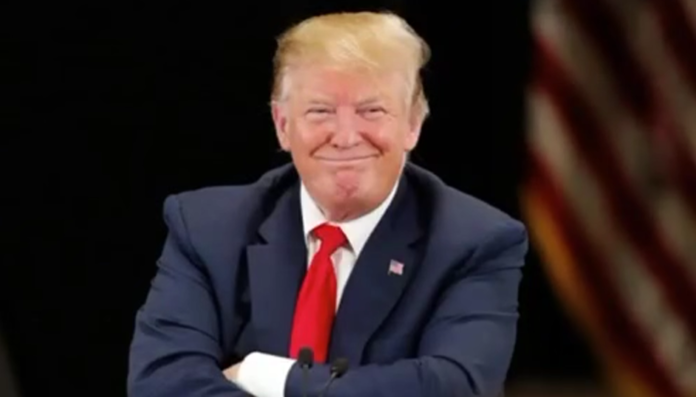In the complex calculus of federal power and state sovereignty that has defined American governance since the founding, few presidential actions carry more weight—or controversy—than the decision to deploy military forces within the nation’s borders. When President Donald Trump announced his order to send troops to Portland, using language typically reserved for foreign conflicts, he crossed a threshold that will reverberate through American politics and constitutional law for years to come.
The description of Portland as “war-ravaged” by the President of the United States represents more than rhetorical flourish—it’s a characterization that fundamentally redefines the nature of civil unrest in America and the federal government’s response to it. What began as protests at an immigration detention facility has escalated into what the administration now frames as domestic terrorism requiring a military solution, raising profound questions about the line between legitimate protest and violent insurrection.
The Presidential Order: Unprecedented Language, Extraordinary Powers
President Trump’s announcement on Truth Social employed terminology that immediately captured national attention and sparked intense debate about the appropriate federal response to domestic unrest. “At the request of Secretary of Homeland Security, Kristi Noem, I am directing Secretary of War, Pete Hegseth, to provide all necessary Troops to protect War ravaged Portland, and any of our ICE Facilities under siege from attack by Antifa, and other domestic terrorists,” Trump wrote.
The characterization of an American city as “war ravaged” is extraordinary by any historical standard. This language, typically applied to cities in active conflict zones like Syria or Ukraine, suggests a level of chaos and violence that exceeds typical civil unrest. By framing Portland in these terms, Trump was not merely describing a security challenge—he was redefining the nature of the threat and justifying an extraordinary federal response.
The president’s additional statement that he was “authorizing Full Force, if necessary” raised immediate questions about rules of engagement and the extent of military authority being granted. The phrase “full force” carries implications of lethal force authorization, though the specific parameters of the military deployment and the circumstances under which force could be used remained unclear in the initial announcement.
The invocation of Secretary of Homeland Security Kristi Noem’s request for military assistance provided a procedural justification for the deployment, suggesting that civilian law enforcement had determined that ordinary federal law enforcement resources were insufficient to address the security situation. This framework positions the military deployment as a response to documented need rather than executive overreach.
The explicit mention of “Antifa, and other domestic terrorists” as the targets of military protection reflects the Trump administration’s broader characterization of left-wing protest movements as terrorist organizations. This designation carries significant legal and political implications, potentially subjecting participants in protests to enhanced penalties and expanded surveillance.


